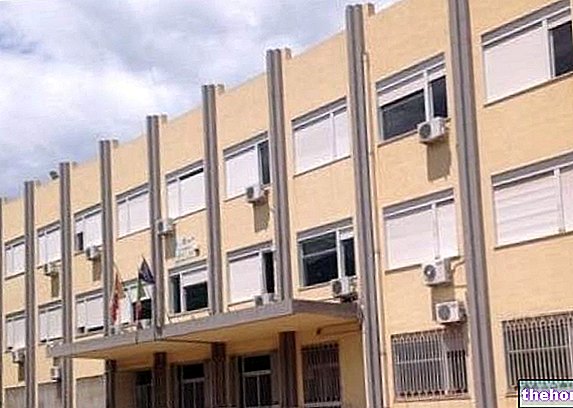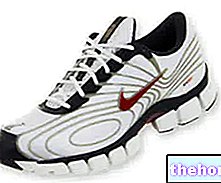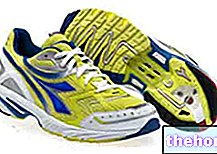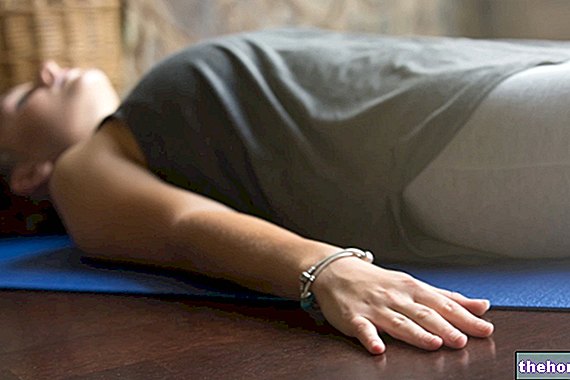In my profession as a personal trainer I often find that most people who come to the gym to train spend hours and hours inside the club, moving from one machine to another with very long pauses between exercises, without dropping not even a drop of sweat and without perceiving any feeling of fatigue from what they mean workout. These people are the same people who after a few months spent in the gym saying "I trained 3 hours a day", abandon because they do not get any kind of result. This is due to the lack of a fundamental part in their training session, the intensity.
The intensity can be defined as the quality of the training carried out in a given period of time. It is measured based on the type of exercises used. Heart rate, for example, is a good enough parameter to evaluate the intensity of training. In fact, thanks to it we can calculate at what intensity it is necessary to work to achieve certain objectives, as indicated in figure 1.
Training zones as a function of HRmax
% HRmax
Anaerobic training
80-100%
Cardio-circulatory training
70-80%
Physical activity for weight loss
60-70%
Moderate physical activity
50-60%
Fig. 1
On the other hand, when working with overloads, the parameter used for calculating the intensity can be given either by the number of repetitions, or by the weight used, or by the speed of the movement.
Figure 2 indicates the relationship that exists between the load used in percentage at 1-RM (one repetition maximum) and the speed of execution in the movement of overloads.

Fig. 2
Figure 3, on the other hand, indicates the relationship that exists between the workload used as a percentage of 1-RM and the number of repetitions that can be performed in the various expressions of strength.

Fig. 3
It is also important, when training, that the relationship between duration and intensity is always to the advantage of intensity, since after about 45-50 minutes from the start of training there is a progressive increase in some hormones, including cortisol. , which tend to catabolize muscle structures using proteins for energy purposes. On the contrary, with short-duration and high-intensity training you have the right hormonal and muscle stimulation, with the production of testosterone which - having an anabolic action - stimulates protein synthesis.
Second part "




























